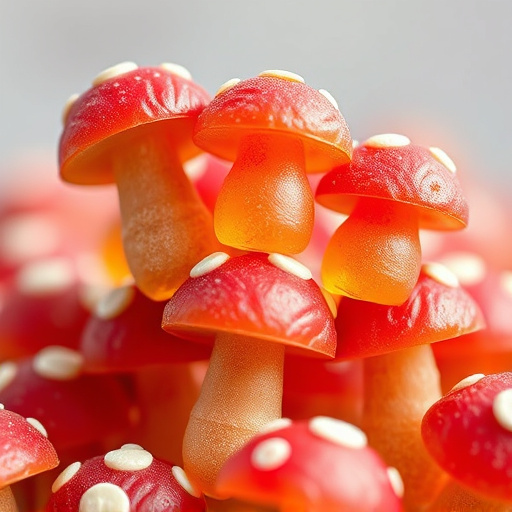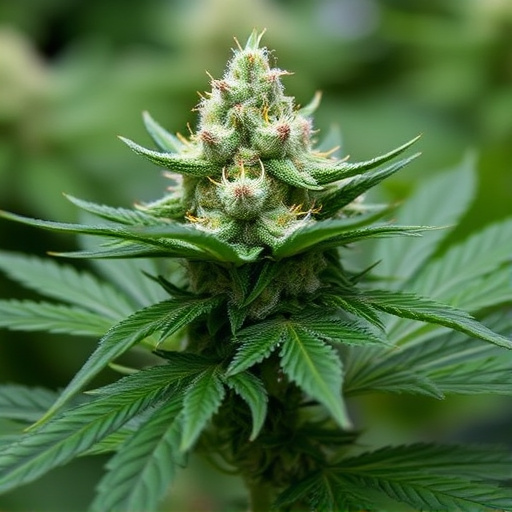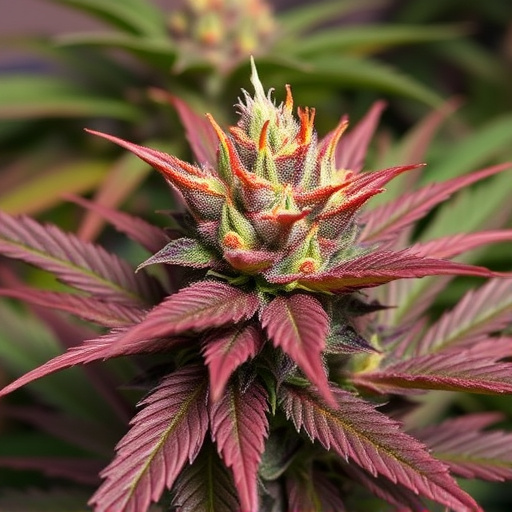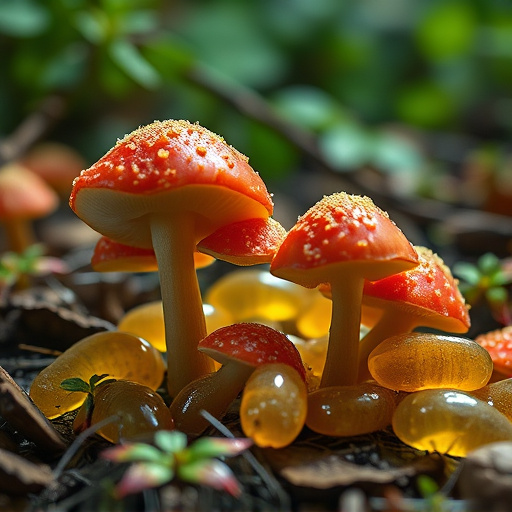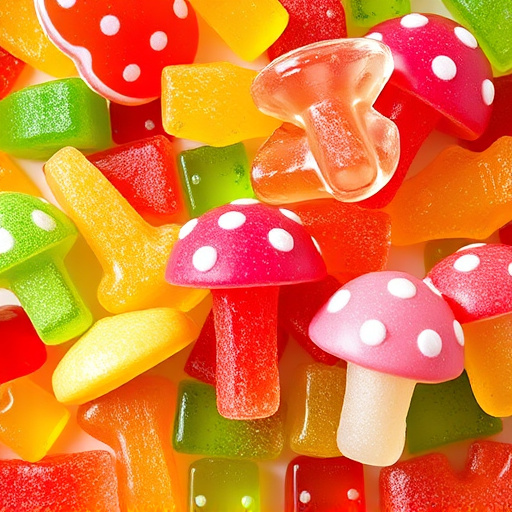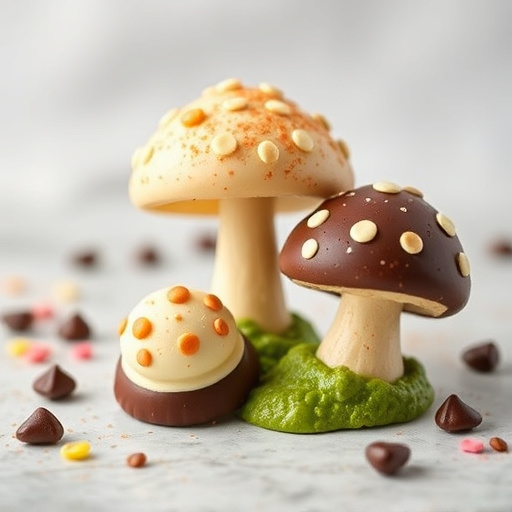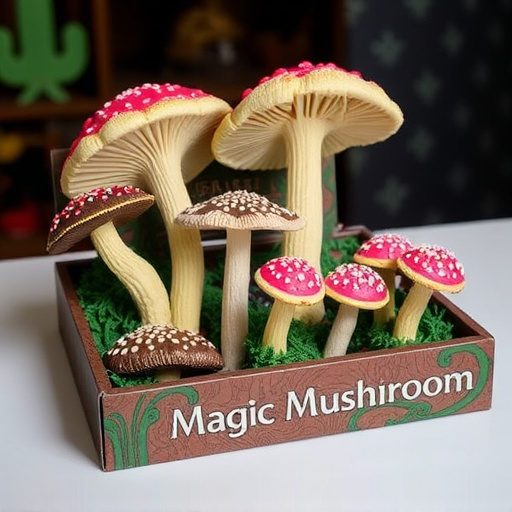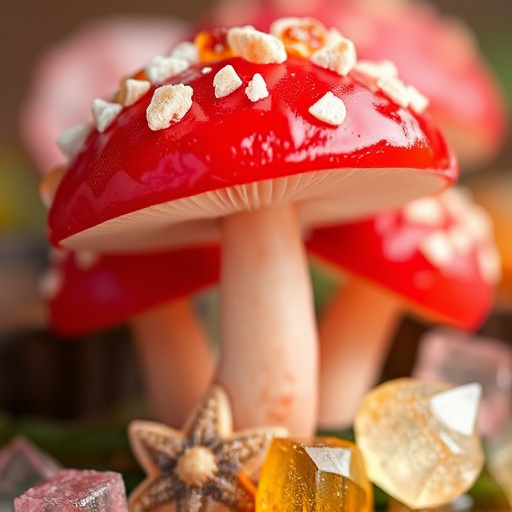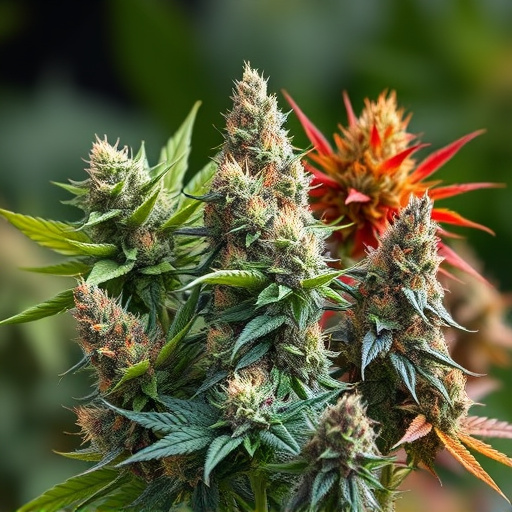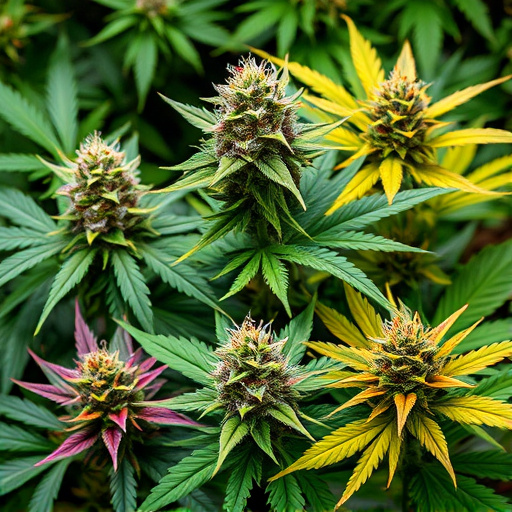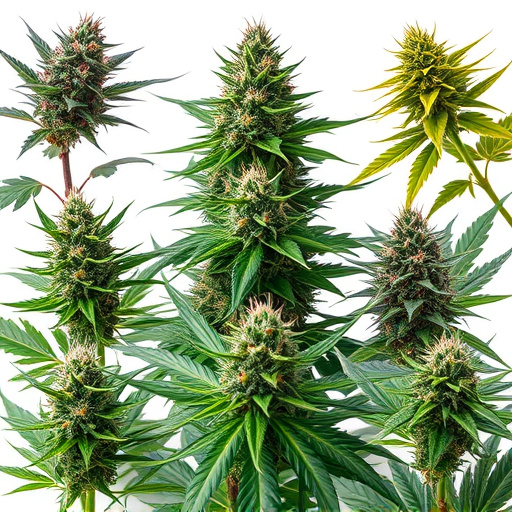Decarboxylation is a crucial step in preparing cannabis for consumption, transforming raw cannabinoids like THC and CBD into their activated forms. Different cannabis strains offer unique effects, with Sativa providing energy for daytime, Indica inducing relaxation for evening, and hybrids blending these traits. Proper decarboxylation ensures consumers experience the intended attributes of their chosen strain, emphasizing the importance of understanding this process for optimal consumption. Home decarboxylation involves baking ground cannabis at 220°F (105°C) for 30-40 minutes to activate cannabinoids and enhance effectiveness, applicable to various strains with distinct terpene profiles.
Unleash the full potential of your cannabis with a fundamental process known as decarboxylation. This article guides you through the art of preparing cannabis flower, focusing on the unique properties of various strains. We’ll walk you through a simple, step-by-step process to decarboxylate at home, ensuring optimal activation for enhanced flavor and effects. Discover how different cannabis strains, each with its distinct profile, benefits from this method, offering a personalized experience tailored to your preferences.
- Understanding Decarboxylation and Its Role in Cannabis Preparation
- Different Cannabis Strains and Their Unique Properties
- Step-by-Step Guide to Decarboxylating Cannabis Flower at Home
Understanding Decarboxylation and Its Role in Cannabis Preparation
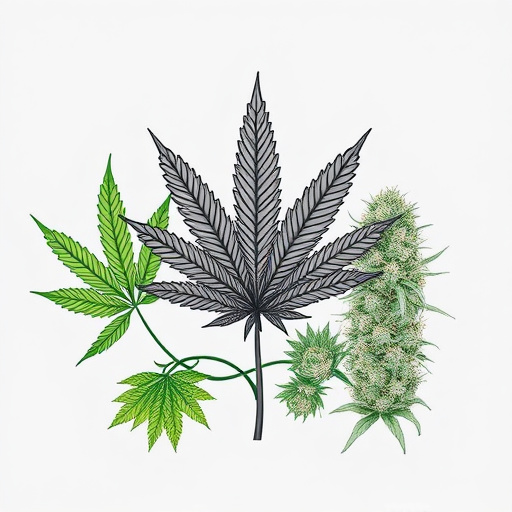
Decarboxylation is a critical step in preparing cannabis for consumption, especially when considering the diverse effects and experiences offered by various different cannabis strains. This process involves heating cannabis to activate its compounds, specifically those responsible for its psychoactive properties. During decarboxylation, the raw cannabinoids present in the plant material convert into their activated forms, such as THC (tetrahydrocannabinol) and CBD (cannabidiol).
Understanding this transformation is key to unlocking the full potential of cannabis. Different strains, each with unique cannabinoid profiles, will have varying effects after decarboxylation. For example, a strain high in CBD may offer more relaxing and therapeutic benefits when decarboxylated, while a strain rich in THC could provide stronger euphoric and cognitive effects. Thus, proper preparation ensures consumers can enjoy the intended attributes of their chosen cannabis variety.
Different Cannabis Strains and Their Unique Properties
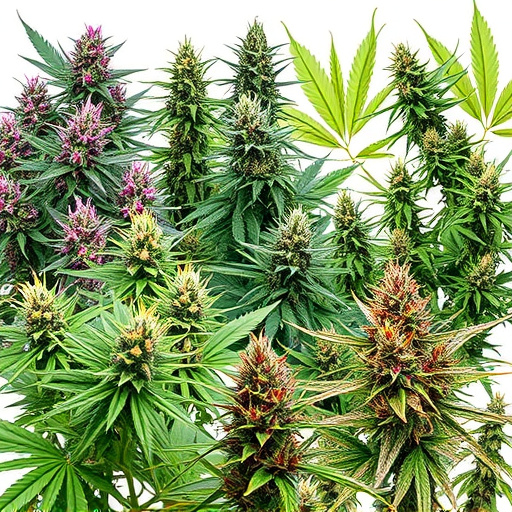
Cannabis plants, known for their diverse spectrum of effects and flavors, offer a wide array of different cannabis strains, each with its unique properties. These variations are largely determined by genetic factors and environmental conditions during cultivation. Sativa strains, for instance, are renowned for their uplifting and energizing effects, making them popular choices for daytime use. In contrast, Indica strains tend to induce relaxation and sleepiness, often sought after for evening or bedtime consumption. Hybrid strains, as the name suggests, combine traits from both Sativa and Indica plants, resulting in a blend of effects that cater to various preferences.
Different cannabis strains also differ significantly in terms of cannabinoid profiles. Cannabinoids like THC (tetrahydrocannabinol) and CBD (cannabidiol) are responsible for the plant’s psychoactive and medicinal properties, respectively. High-THC strains can offer potent psychological effects, while high-CBD strains provide potential therapeutic benefits without the strong mental alterations. Some strains even boast unique terpene profiles, which contribute to their distinct aromas and flavors, as well as potential additional therapeutic effects. This diversity in cannabis strains allows users to choose based on desired effects, personal preferences, and specific needs.
Step-by-Step Guide to Decarboxylating Cannabis Flower at Home
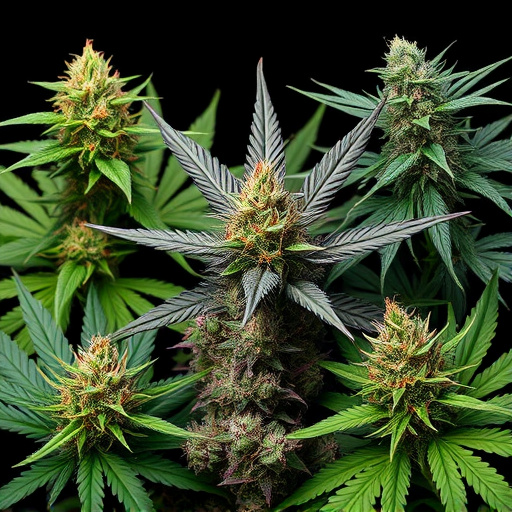
Decarboxylation is a simple process that activates the cannabinoids in cannabis flower, making it more effective for consumption. Here’s a step-by-step guide to decarboxylating cannabis at home using various strains.
Start by preheating your oven to 220°F (105°C). Next, prepare your cannabis by breaking down the buds or grinding them into smaller pieces to ensure even heating. Spread the ground cannabis evenly on a lined baking sheet, ensuring it doesn’t form a thick layer. Bake for approximately 30-40 minutes, stirring occasionally. The ideal color will be a light brown, indicating that the plant matter has decarboxylated. After baking, allow the cannabis to cool completely before transferring it to an airtight container for storage. This process can be applied to different cannabis strains, each with unique terpene profiles and effects, ensuring you get the most out of your preferred variety.
Decarboxylation is a key step in preparing cannabis for consumption, allowing its compounds to become more bioavailable. By understanding this process and exploring the unique properties of different cannabis strains, you can ensure a optimal experience tailored to your preferences. Following our comprehensive guide, you’re now equipped to decarboxylate cannabis flower at home with confidence, unlocking the full potential of this versatile plant for both medicinal and recreational use.
